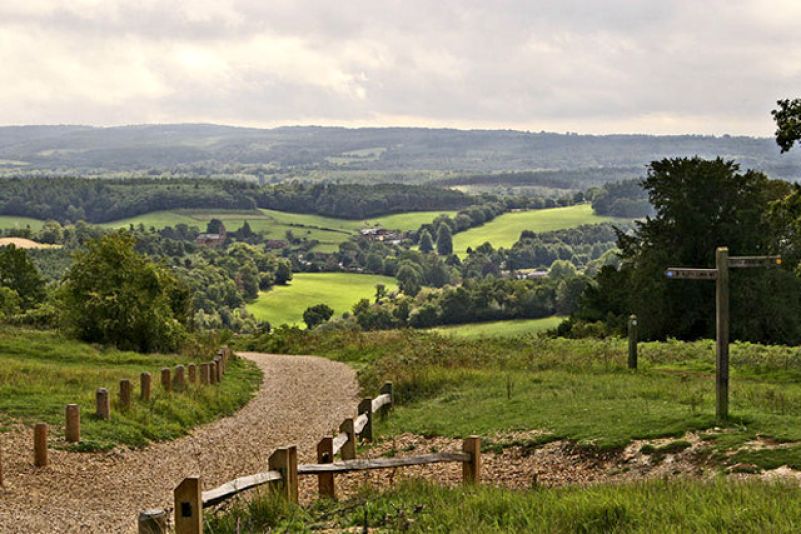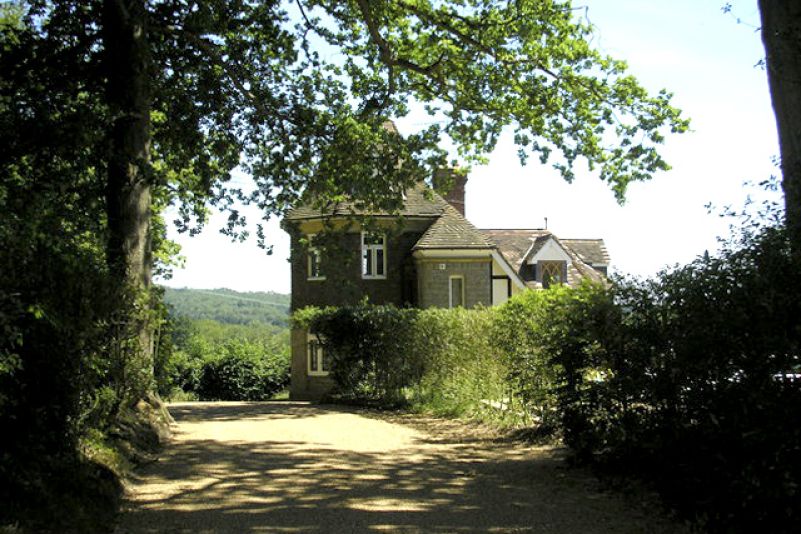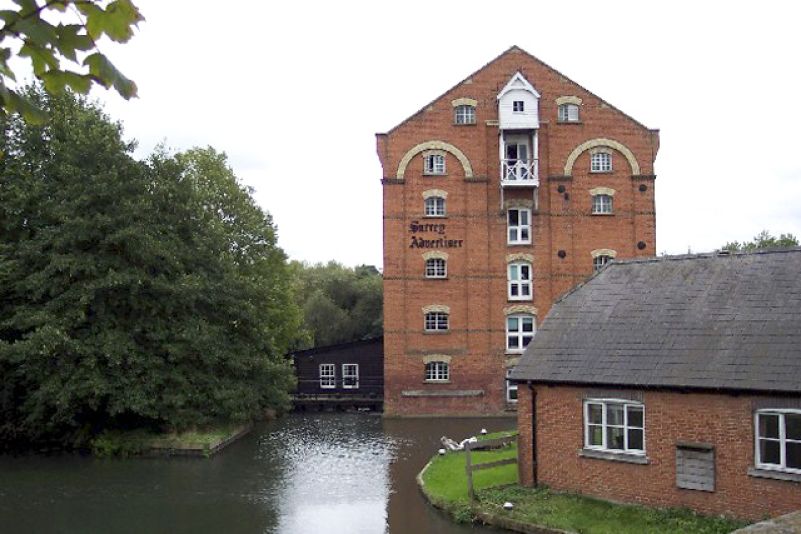Created Date:
Last Modified:
John Henry Knight
The designer of possibly Britain’s first petrol-driven car to run on public roads.
Location
The former Elliott Reliance Works, 50 West Street, Farnham, Surrey, GU9 7DX.
Date
1895 – 1896
-
 John Henry Knight, 1847-1917, source: Grace's Guide to British Industrial History
John Henry Knight, 1847-1917, source: Grace's Guide to British Industrial History -
 John Henry Knight’s steam-powered carriage, source: Grace's Guide to British Industrial History
John Henry Knight’s steam-powered carriage, source: Grace's Guide to British Industrial History -
 John Henry Knight’s first car, with a 1565cc, four-stroke, single cylinder engine, source: Grace's Guide to British Industrial History
John Henry Knight’s first car, with a 1565cc, four-stroke, single cylinder engine, source: Grace's Guide to British Industrial History -
 The later four-wheeled version of John Henry Knight’s car, © National Motor Museum, Beaulieu
The later four-wheeled version of John Henry Knight’s car, © National Motor Museum, Beaulieu -
 The Elliott Reliance Works, 2014, now a Grade 2 listed building, © Polyrus, via Flickr
The Elliott Reliance Works, 2014, now a Grade 2 listed building, © Polyrus, via Flickr
Commentary
One of Britain’s earliest petrol driven vehicles was designed by British motoring pioneer John Knight and built in April 1895 by engineer George Parfitt at the Elliot Reliance Works in Farnham. Just a few months later, it was used by Knight in a deliberate stunt that contributed to the repeal of the Red Flag Act, in what is believed to be the first motoring offence in Britain.
John Henry Knight was born into a wealthy family in Farnham in 1847. Trained as an engineer, he became a serial experimenter. His inventions included a steam powered digging machine, a speedometer, wooden vehicle tyres, a grenade thrower, and a patented ‘dish lever’ - for tilting plates when carving meat.
In 1868, aged 21, he built a four-wheeled steam-powered carriage, capable of carrying three passengers, with a top speed of eight miles per hour.
In 1884, Knight had a breakthrough when he successfully vaporised paraffin oil, leading to the development of the first oil-driven engine. The profit that he made from the patent enabled him to experiment further, and in 1895 he built a single cylinder, 1565cc, two-seater, petroleum tricycle, reportedly capable of reaching seven-and-a-half miles per hour, whilst being ‘almost silent’ when running.
There is some dispute as to the vehicle’s credentials as the first petrol car to be driven on public roads in Britain; but, according to the National Motor Museum, more records exist for John Knight’s 1895 three-wheeler than for any other petrol-powered vehicle of that time.
It is this vehicle that played a starring role in Knight’s prosecution on 17th October 1895. At the time, Britain’s road traffic laws dated back to the 1860s and placed considerable restrictions on the use of heavy steam-powered vehicles.
Knight believed the prejudices of English gentlemen, who dominated Parliament, were stifling the development of the motor car in order to safeguard their interests in the countryside. However, unlike the railway companies, who faced similar opposition, the proponents of the motor car tended to be largely private individuals without the means to buy (or bribe) their way to success.
John Knight wanted to remove these obstacles and encourage the development of this promising new technology. He also wanted to raise the public’s awareness of the benefits of motoring; so, on the 17th October 1895, Knight and his assistant, James Pullinger drove around Farnham, attracting the attention of the police who eventually stopped the vehicle in Castle Street.
A crowd gathered to hear the police superintendent ask if the vehicle was a steam engine. When John Knight replied that it was not, he and James Pullinger were charged with using a locomotive without a licence and without having someone walking in front of the vehicle.
Although his car was travelling at speeds of up to nine miles per hour, Knight was not charged with speeding, as is sometimes reported. (The first successful prosecution in Britain for this took place a few months later against William Arnold of East Peckham, in Kent.)
Despite being fined a total of five shillings, Knight welcomed his prosecution, using his appearance in court to highlight the absurdity of applying existing legislation to a ‘light car’ which was clearly not a traction engine.
New road traffic legislation quickly followed. A new class of vehicle, the ‘light locomotive’, was defined and the speed limit raised to 14 mph. The requirement for someone to walk in front of the vehicle was also removed. This was celebrated by an “emancipation run” from the Hotel Metropole in London to the Metropole in Brighton, on the date that the new law came into force.
In 1896, Knight revised the engine in his car and altered it to a four-wheeler for greater stability. The vehicle has been on display at the National Motor Museum, Beaulieu, since 1958.
Knight continued to champion British motoring by writing books and publishing letters in the emerging motoring press. He was a founder member of the AA, hosting the first ever members’ club run at Barfield House in nearby Runfold, which he had had built as the family home around 1885.
The two-storey workshop in West Street is now a Grade 2 listed building, housing residential flats and offices. A plaque celebrates its role in British motoring history.
Barfield House became an independent preparatory school in 1933. Part of a wall still stands that was built by Knight using his brick-laying machine. Its only flaw was that it couldn’t lay round corners! By coincidence, Mike Hawthorn, Britain’s first Formula One World Champion was a pupil at the school, and went on to serve his apprenticeship at nearby Dennis Bros in Guilford.
Further details
• Cavalcade of Motoring, Michael Sedgewick, Macmillan, 1972.
• Passenger cars, 1863-1904, TR Nicholson, Batsford, 1970.
• The Farnham Society website, www.farnhamsociety.org.uk, newsletter, Spring 2016.








